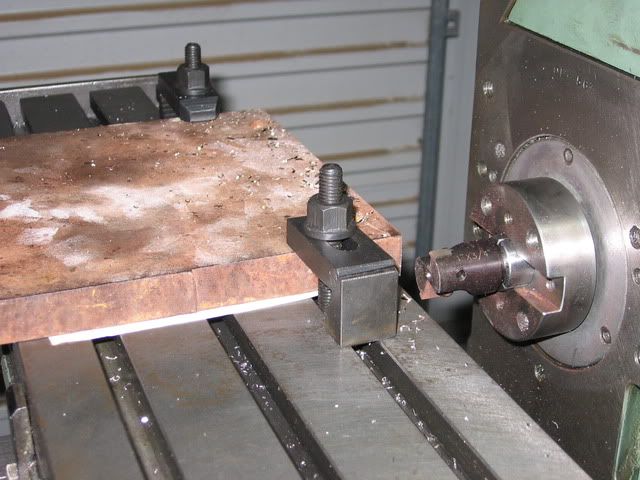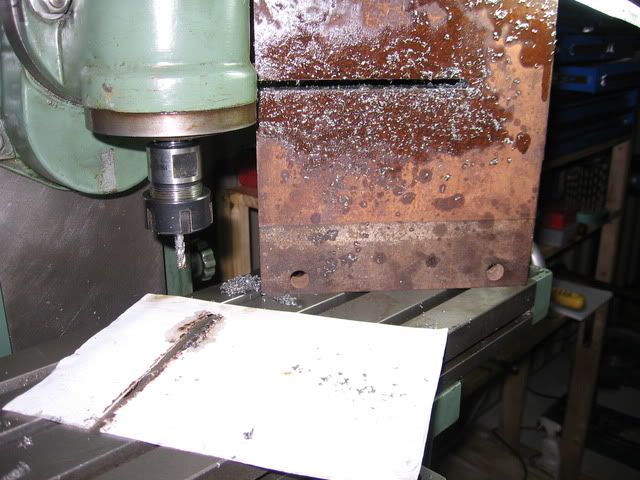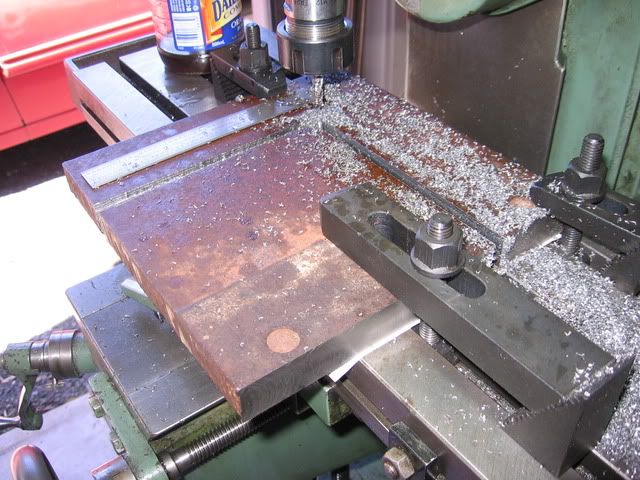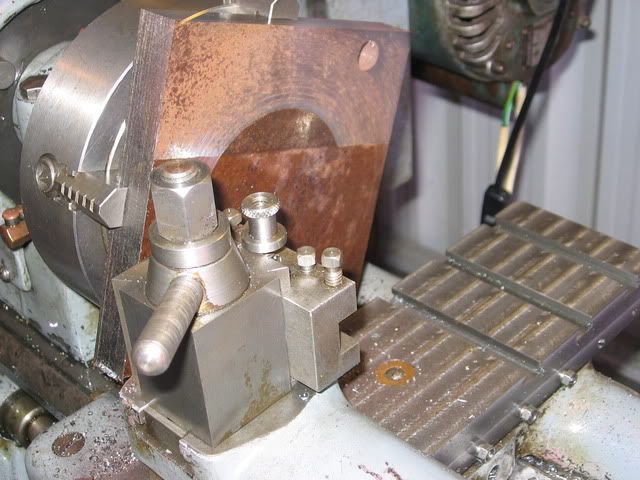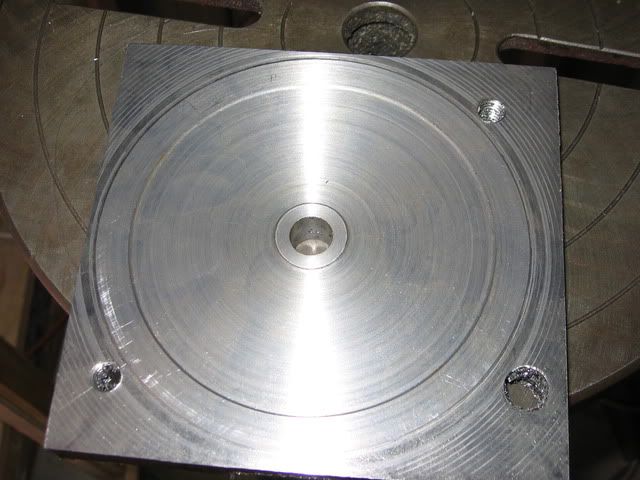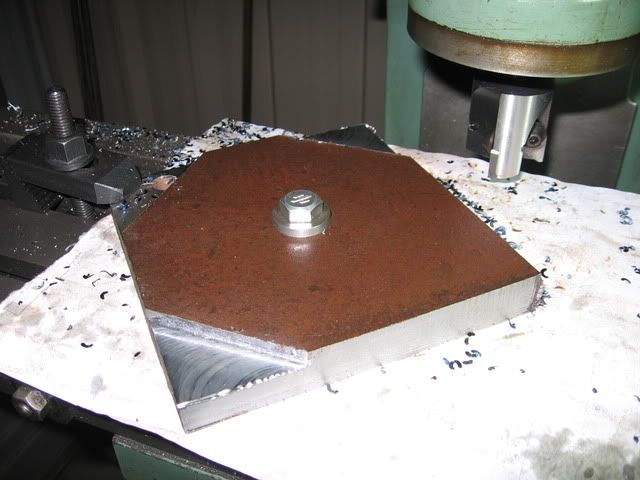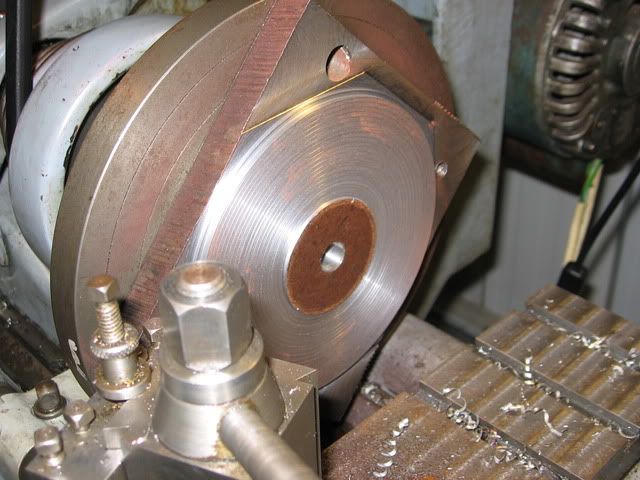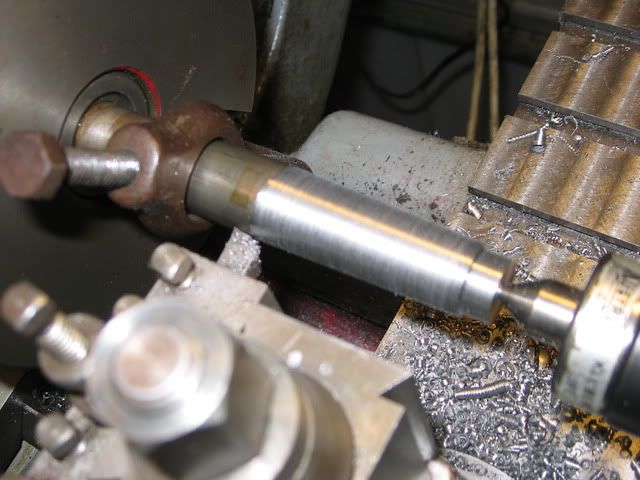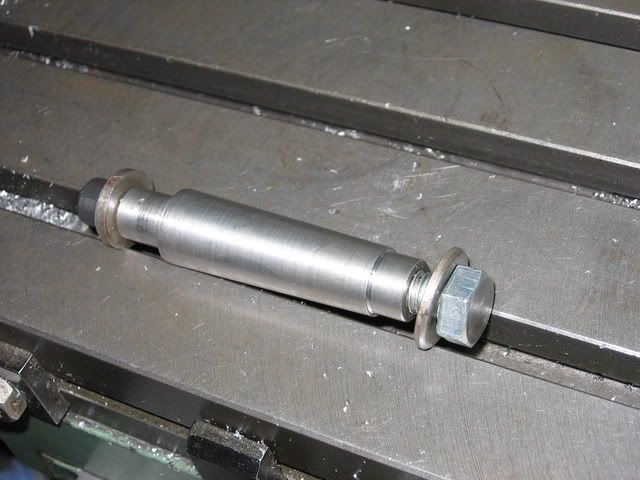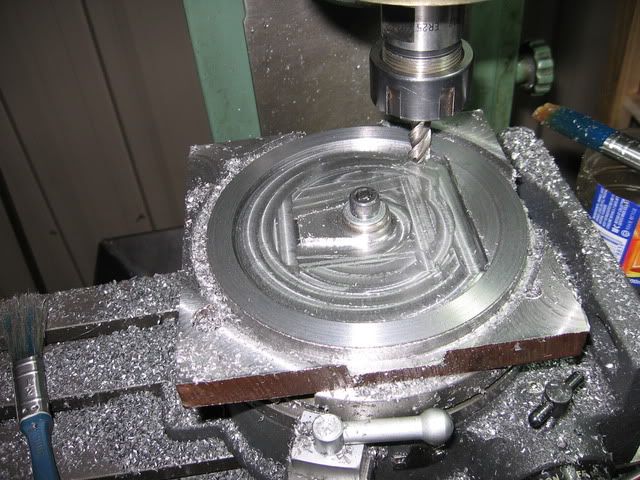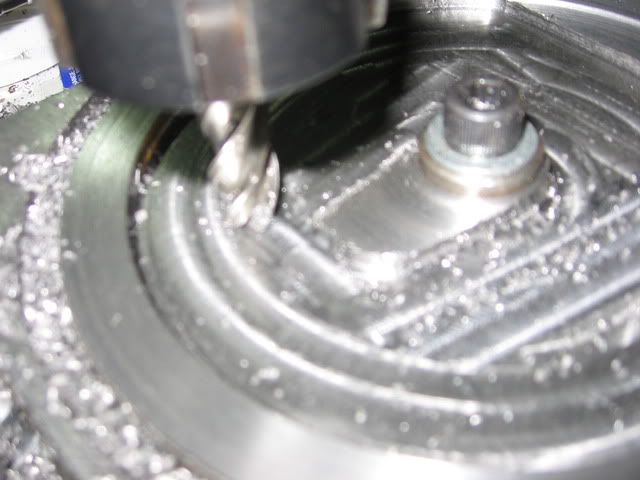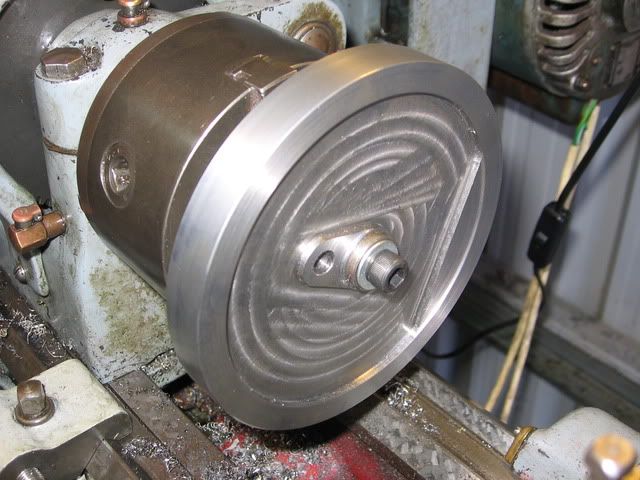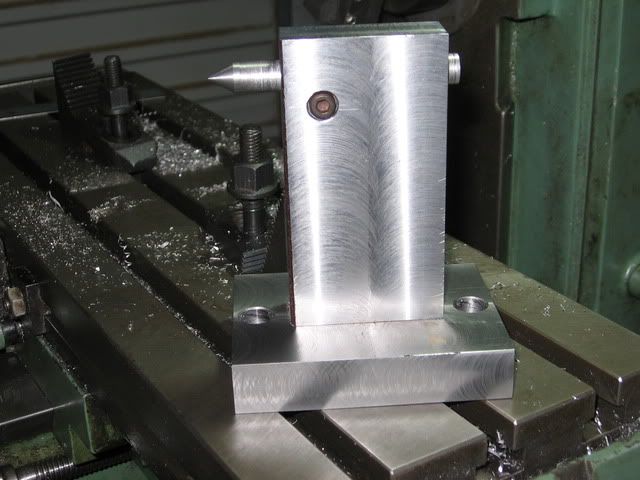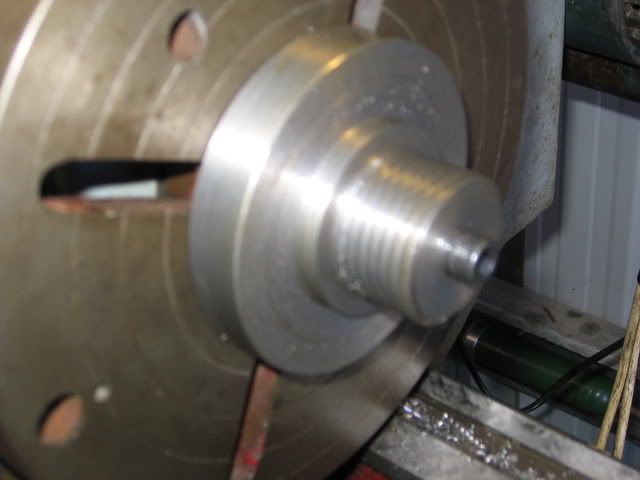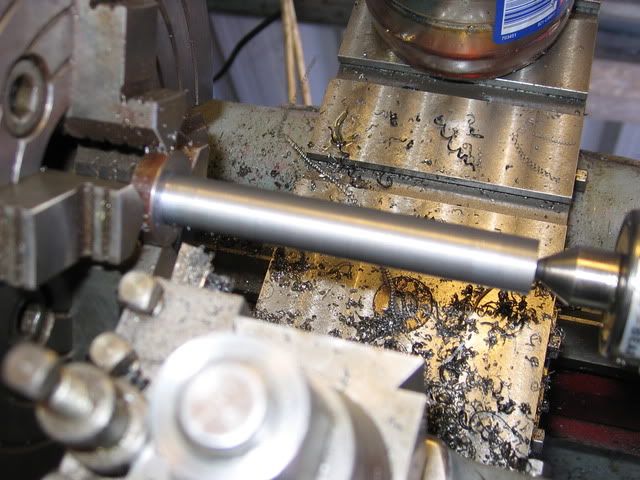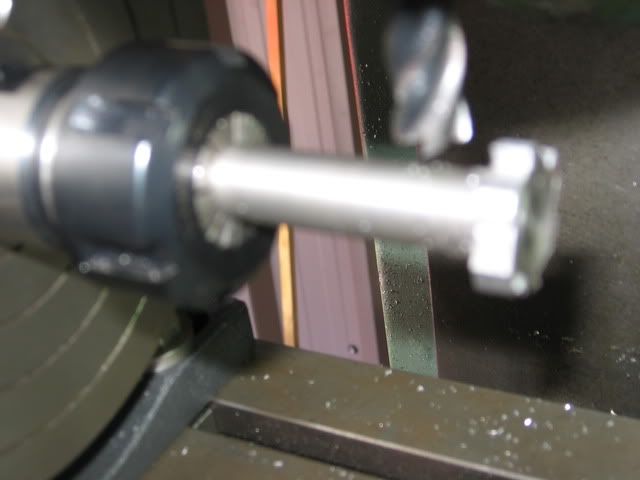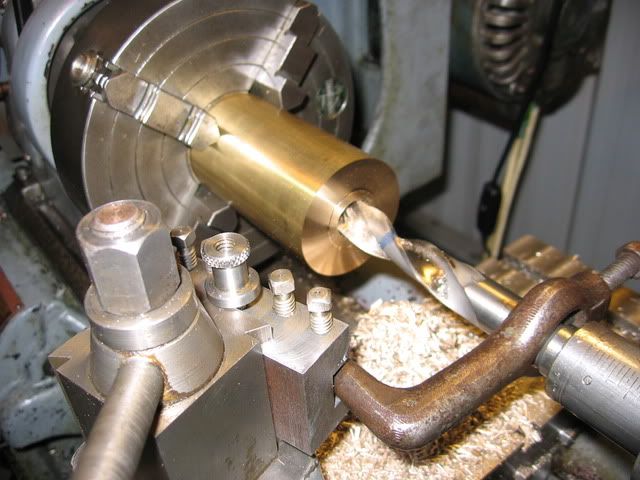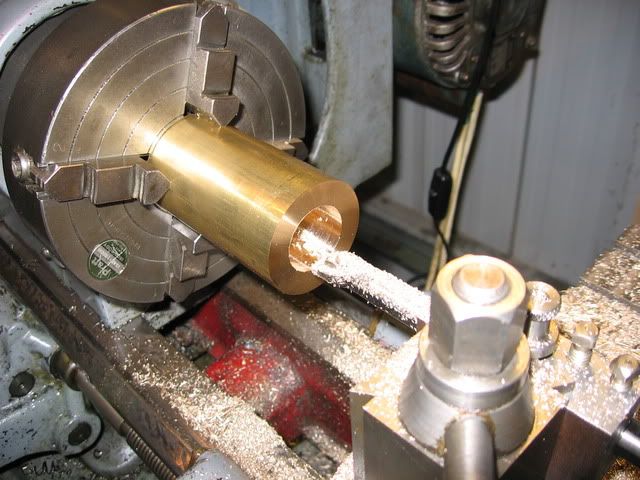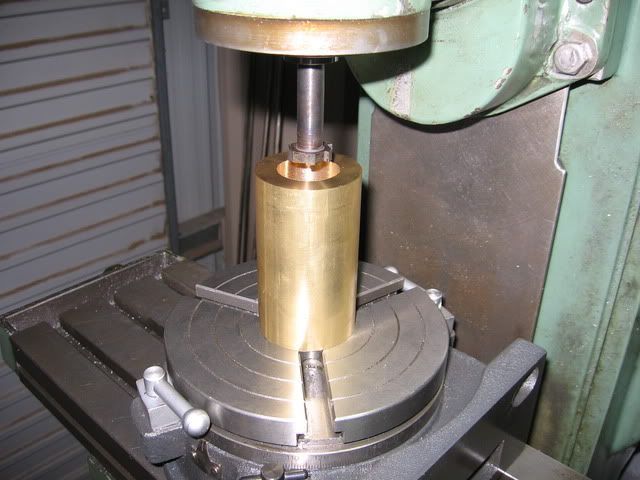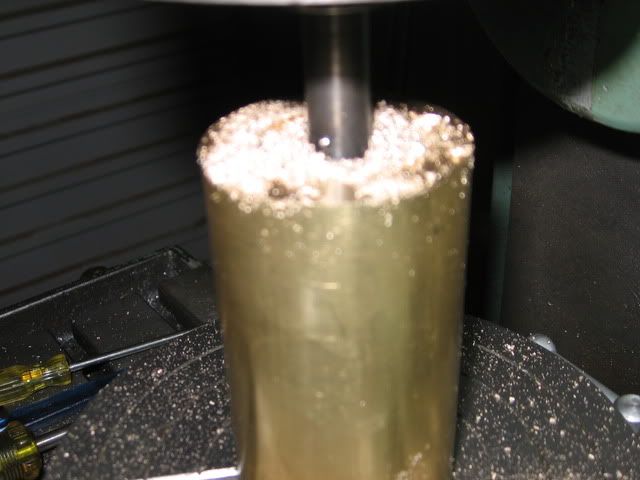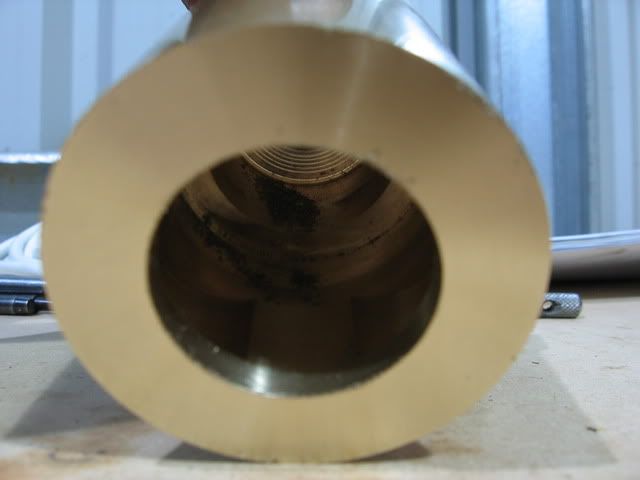This is my first attempt at an IC engine, very close to my first engine, although I'm not new to machining. The model is to Jerry Howell's design, and made from bar stock.
http://www.model-engine-plans.com/engineplans/combustion/plunket.htm?33,12
According to the plans the original engines were made about 100 years ago to power domestic machines such as washing and sewing machines. They weren't a very successful product and now are very rare and collectible.
Hopefully someone around here can point me in the right direction if and when I get over my head
Regards
Steve
http://www.model-engine-plans.com/engineplans/combustion/plunket.htm?33,12
According to the plans the original engines were made about 100 years ago to power domestic machines such as washing and sewing machines. They weren't a very successful product and now are very rare and collectible.
Hopefully someone around here can point me in the right direction if and when I get over my head
Regards
Steve





